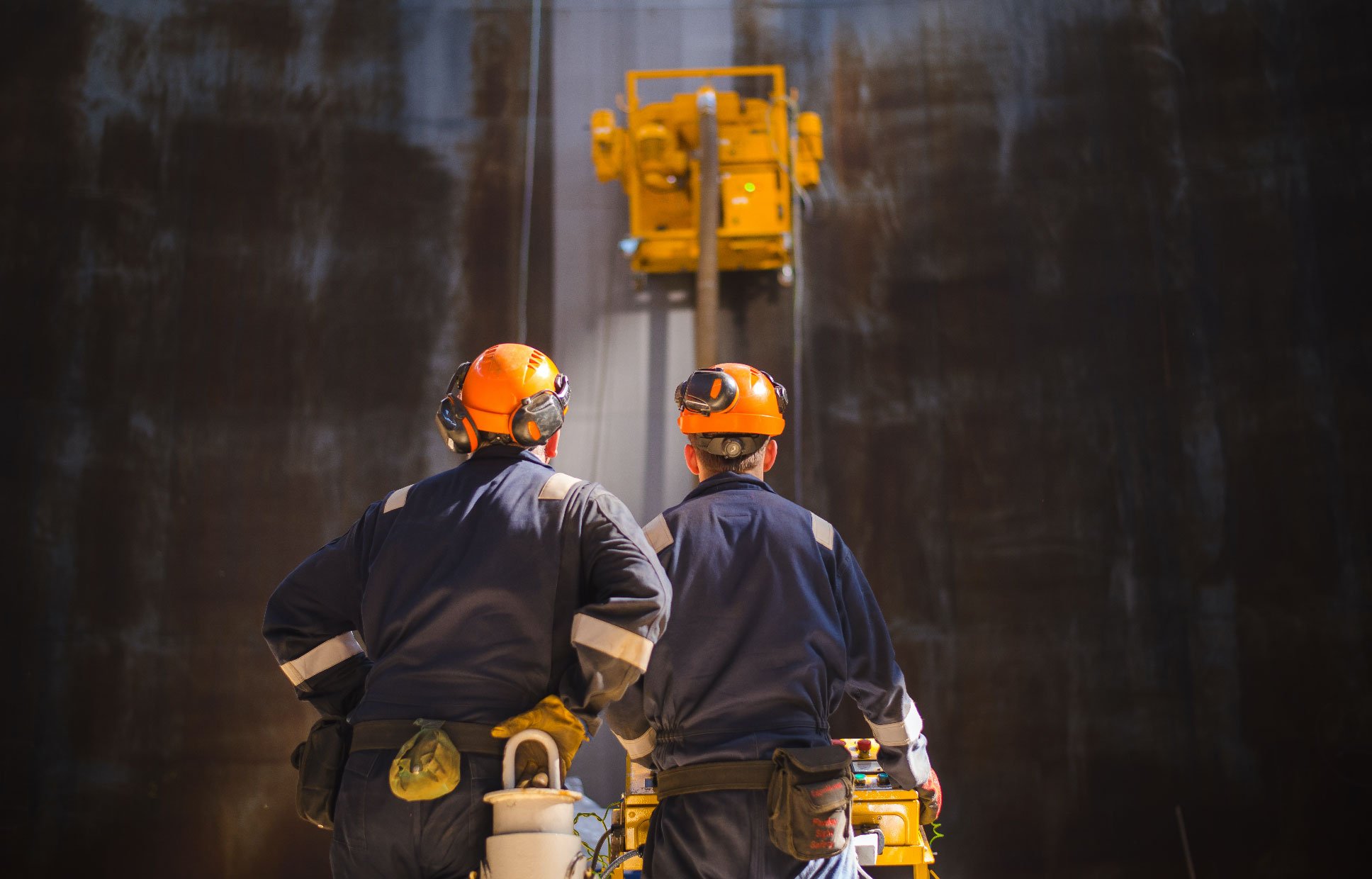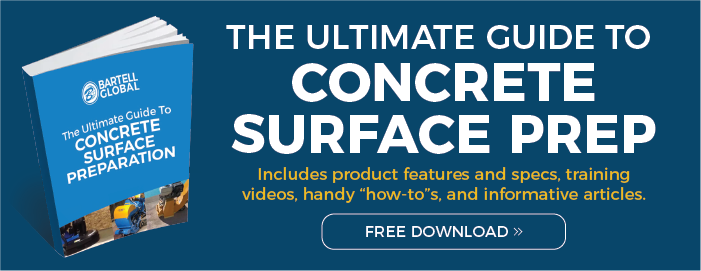A Concrete Scarifier is one of the most productive pieces of surface prep equipment for heavy removal jobs and to prep for overlay. Some people find it difficult to identify when using a scarifier is a better option over another piece of equipment such as a grinder or shot blaster. It is important to remember that there isn’t necessarily one piece of surface prep equipment that is better than others, each machine has its benefits and will work better in certain situations. Understanding when different machines are most effective will ensure maximum efficiency and optimum results.
In this blog, we highlight a few of the situations where a scarifier would be the most effective option. Obviously, the use of a scarifier is not limited to the following situations.
TRIP HAZARDS
Trip hazards can occur in many different environments, but one of the most common is sidewalks. Sidewalk slabs can often become uneven and raised at the expansion joints because of continuous exposure to varying, and even extreme weather, as well as frequent traffic. As a result, you end up with trip hazards that need to be reduced.
These trip hazards can be drastically uneven between each sidewalk slab. If you were to use a concrete grinder, it would take much longer than a scarifier. The speed and aggressiveness that the cutters of a scarifier offer, makes reducing these trip hazards fairly quick and painless.
We’re not saying that you can’t use a grinder - depending on the size of the trip hazard you may be able to get away with using a grinder, but generally a scarifier is more effective and productive.
Lastly, since it’s a sidewalk, the aggressive profile left behind by a scarifier is ideal for helping to prevent someone from slipping when its wet.
REMOVAL OF CONCRETE GREATER THAN 1/8” (3MM)
When you need to remove concrete that is greater than 1/8” (3mm) thick because of a bad pour or other demolition, a scarifier will be able to do this much faster than a grinder. A scarifier will not only save you significant money in time spent, but also in tooling costs.
THICKER COATINGS
When it comes to coating removal, you could use a shot blaster, grinder or scarifier depending on the coating being removed, operator preference, surrounding conditions etc. However, if you are removing a thick coating and are not needing to polish the floor after, a scarifier will be the fastest most effective form of removal. Not to say that a grinder with PCD tooling can't remove some of these coatings as well, its just that generally for this coating removal a scarifier is faster and more effective because of its aggressiveness.
END GOAL
What is being done with the floor after the concrete is planed down, or the coating is removed, will have impact on what type of equipment you choose for the job. Because there are so many variables that come into play, its difficult to make a generalized statement that one is always better than another. In some situations, like if you’re looking to achieve a polished finish after a coating removal, a scarifier may be too aggressive, especially if the user is inexperienced. In other situations, grinding will take way too long and won’t give you the profile you need for certain overlays, so a scarifier is a better option. Sometimes using multiple types of equipment is the best option.
Ultimately, choosing your equipment depending on the end goal and the situation is the best way to ensure maximum efficiency and the best results. If you’re ever unsure about what process, or what equipment to use for your job, do some research, or talk to the equipment manufacturer, rental house or dealer you’re getting your equipment from.
At the end of the day, scarifiers are extremely effective for many different types of removal and surface prep jobs. As you gain experience, you will develop your own way of doing things and find which equipment is most effective for your business. However, keeping an open mind about all the options you available to you in the industry will prove to be a benefit.


 By
By 